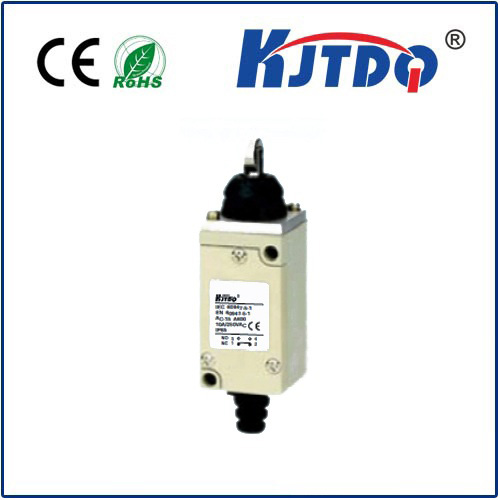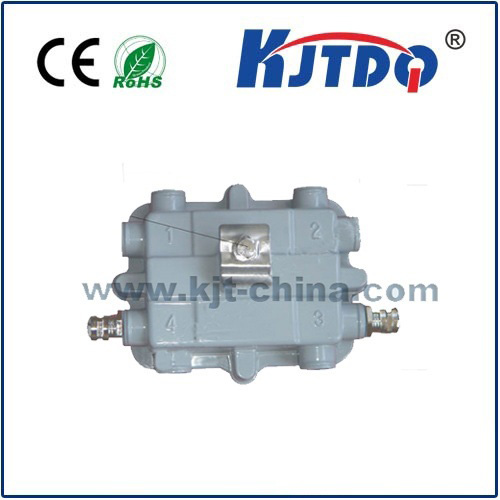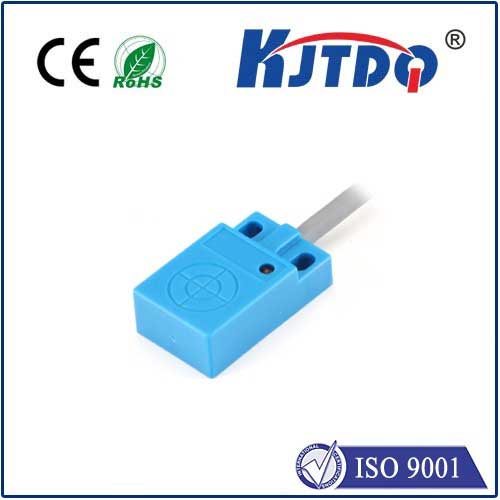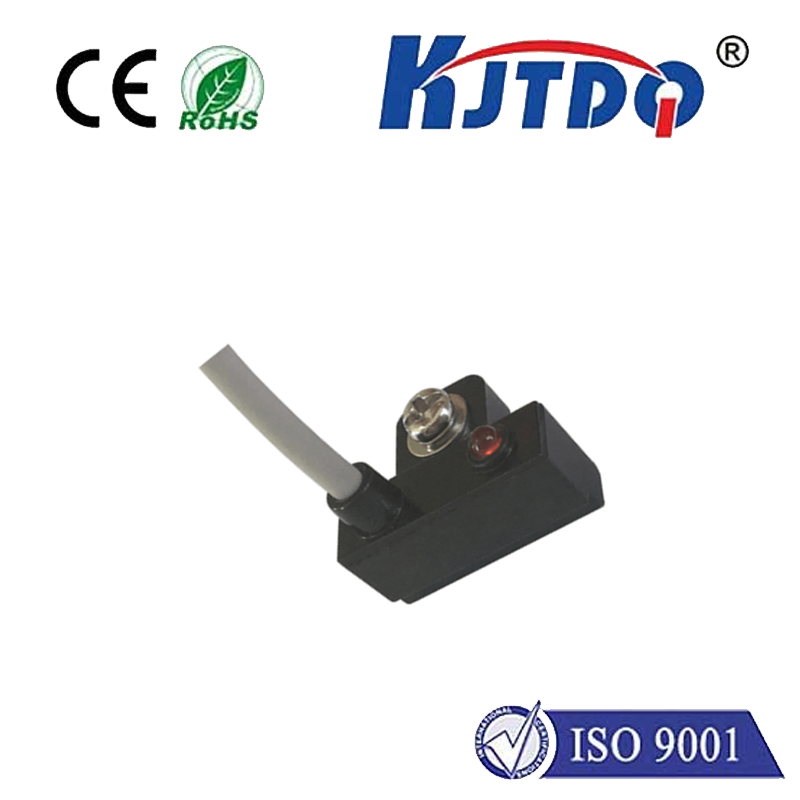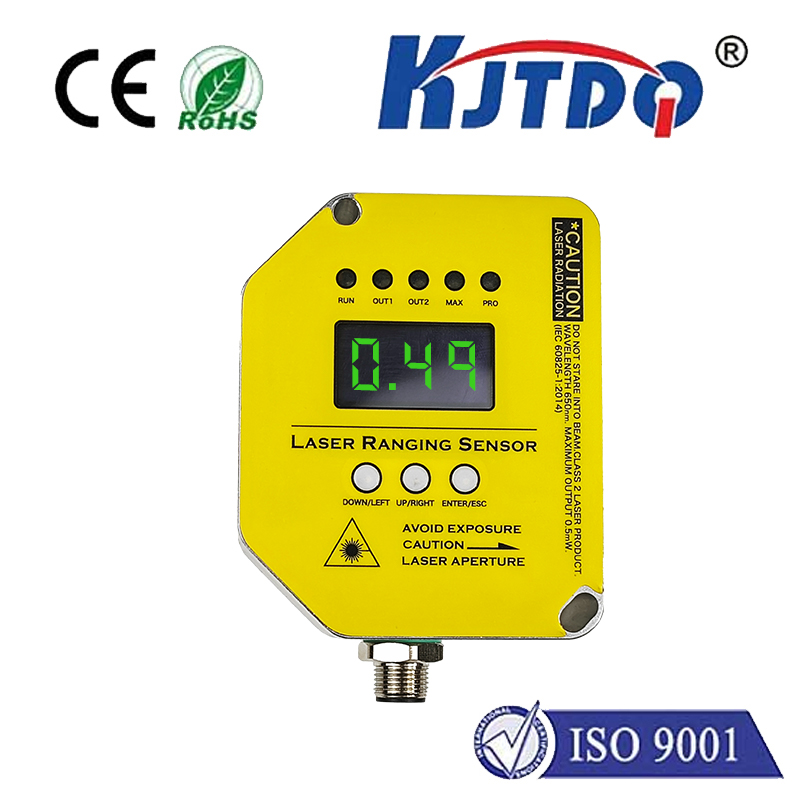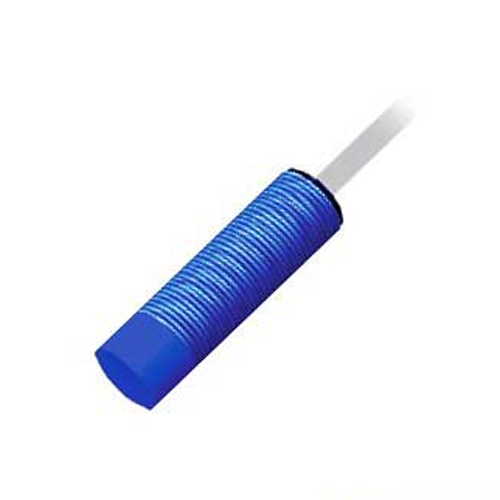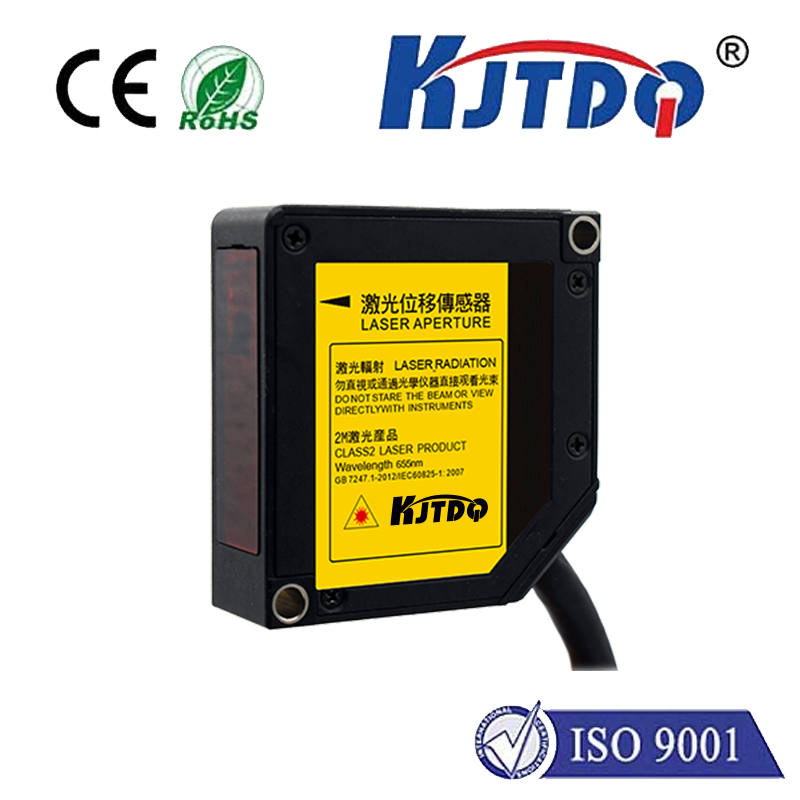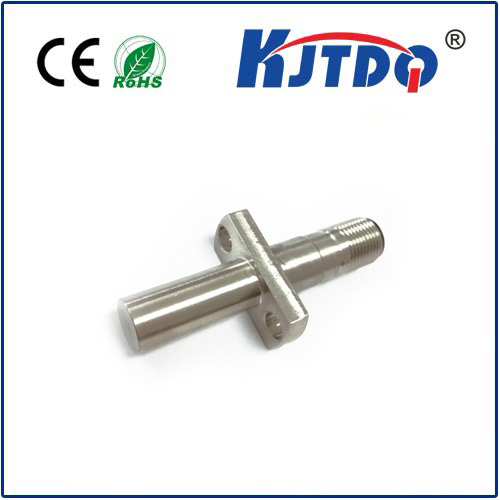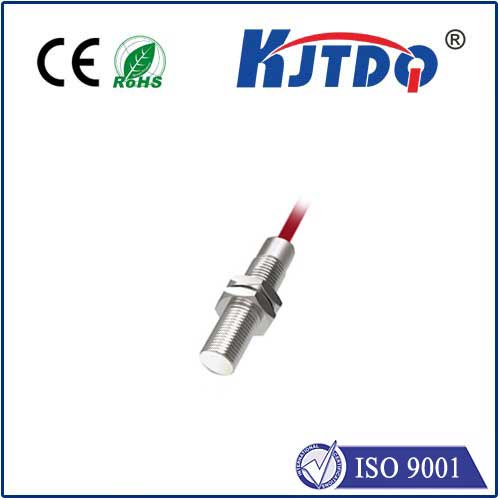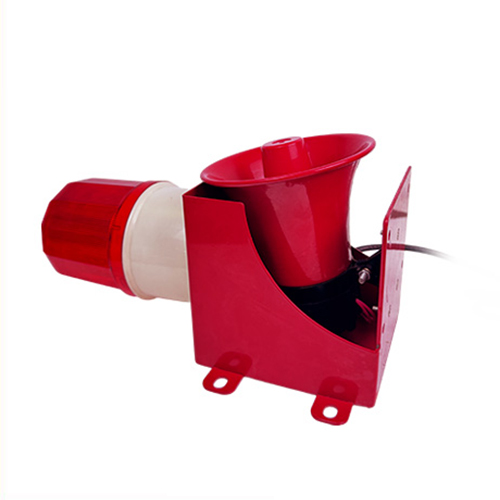

check

check

check

check

check

check

check

check

check

check
Title: Unleashing the Power of Laser Sensors for Displacement Distance and Position
As technology continues to advance, we are witnessing a significant shift in the way we measure and track various physical phenomena. One such breakthrough is the development of laser sensors that can provide incredibly accurate measurements of displacement distance and position. In this article, we will explore how these cutting-edge sensors are revolutionizing the field of measurement science.

At its core, a laser sensor works by emitting a beam of light that is guided by a mirror or other reflective surface. The reflected light then bounces back to the sensor, where it is analyzed to determine the distance and direction of the object being measured. This process is incredibly precise, with laser sensors capable of measuring distances ranging from a few millimeters to several meters.
One of the most exciting applications of laser sensors is in the field of robotics and automation. By using these sensors to track the movement of machines and robots, manufacturers can improve efficiency, reduce downtime, and increase overall productivity. For example, in automotive manufacturing, laser sensors can be used to monitor assembly lines and ensure that components are being assembled accurately and consistently.
In addition to their practical applications, laser sensors also have numerous theoretical implications. researchers are exploring ways to harness the power of lasers to create new technologies such as quantum computers and teleportation. These possibilities highlight the potential impact that laser sensors could have on our society in the years to come.
However, despite their many benefits, laser sensors face some challenges. One major obstacle is the cost of manufacturing these devices, which can be prohibitively high for many industries. Additionally, there is a risk of interference from other sources of light in the environment, which can negatively impact the accuracy of the measurements.
Despite these challenges, there is no doubt that laser sensors hold tremendous promise for the future of measurement science. As technology continues to advance, we can expect to see even more sophisticated and accurate versions of these devices emerge. Whether they are used to track the movements of machines in manufacturing plants or unlock the secrets of quantum physics, laser sensors are sure to play an important role in shaping our world in the decades ahead.
